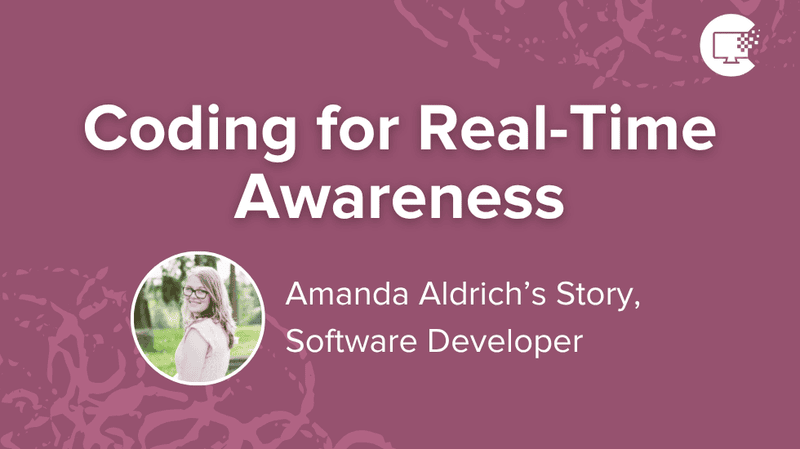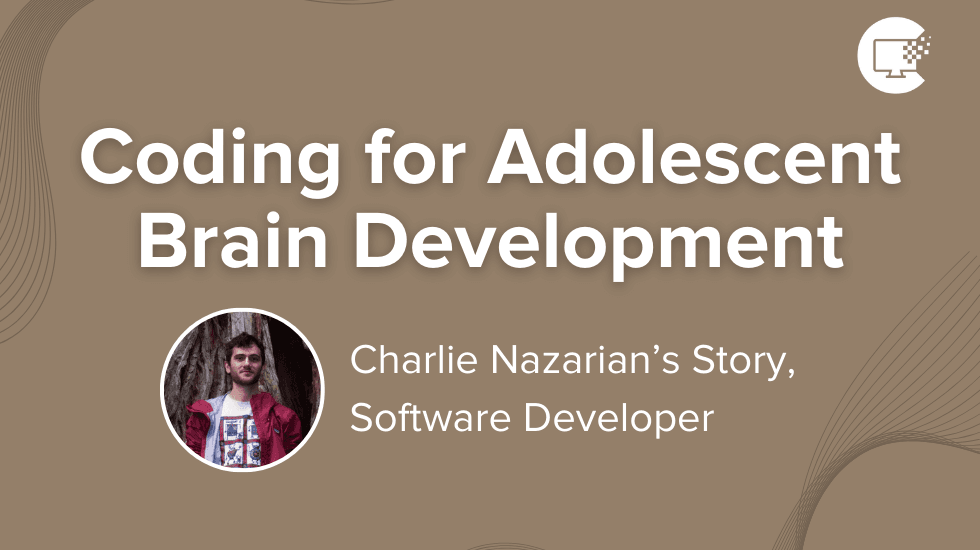Coding for Aviation
By Kate Marshall, Business Intelligence Analyst for Alaska Airlines

I’m Kate, a Business Intelligence (BI) Analyst for Alaska Airlines. Some may call me a lifelong learner. I have Bachelor degrees in both Political Science and Economics, a Masters in Public Administration (MPA), and a Masters in Data Science.
When I was young a lot of my role models were lawyers at my Grandpa’s practice, and I always thought that would be my career as well. Things changed during a Government Relations Internship I had after my undergrad where I worked on a project involving the U.S. Census. The data team that helped me get those numbers impressed me and opened the door to their field which I knew nothing about.
I loved how they were able to use coding, math, visualization, and overlap on something like Government Relations which is very heavy in research, writing, and communications.
Currently, I work as a Business Intelligence (BI) Analyst for Alaska Airlines, specifically in Operations. The company is in the Aviation and Airline industry which is an amazing sector to be in. You have exposure to aircraft engineering and must understand some of the complexities of how commercial aircrafts work. You also have the customer service side which deals with making customers happy and getting them out on time.

My team and I handle data for many different areas of the business including Aircraft Maintenance, Airport Operations, Flight Attendants and Pilots, Catering, Scheduling, etc. An example of a request for our team would be: “We have been seeing more delays than usual coming out of the Seattle airport, can we pull the last year’s data and give an update on why this is happening?”.
Business Intelligence (BI) is a very well-rounded career for coders. It is a hybrid between a technical data scientist and a business strategist. The coding we use is often to query large datasets and put them into a form we can then relay to leadership in the company. SQL is a must for the BI field as well as more advanced coding languages like Python, R, and Java. The role can be as advanced as building a statistical model or it could be as creative as making a lookback dashboard in Tableau that pulls data from the day before.
One area of study that can accompany coding is statistics, which is so much different from other math classes because it has real-world application. My advice to anyone who is looking for skills to accompany coding is to look into statistics as well.
One thing to remember is that coding is a newer field that is changing every day. Those of us in the industry are constantly learning and trying to improve our skills. Most of us never had coding classes growing up so taking one or two in school will put you ahead of the pack.
Technology is everywhere and the demand for computer scientists is only growing. The most important part is to figure out what your interests are. Do you want to build an amazing website? Do you want to find trends in an industry? Do you want to design a tool that a company can use? Open your mind to the broad nature of coding and find an area you love because there are many.
List of tools and programming languages I use:
- SQL
- Python
- R
- Java
- Tableau
- SSRS
- Excel

Working for an airline has its perks and one of them is flying to new places, especially when there is a mountain to ski (which is where you can find me).


